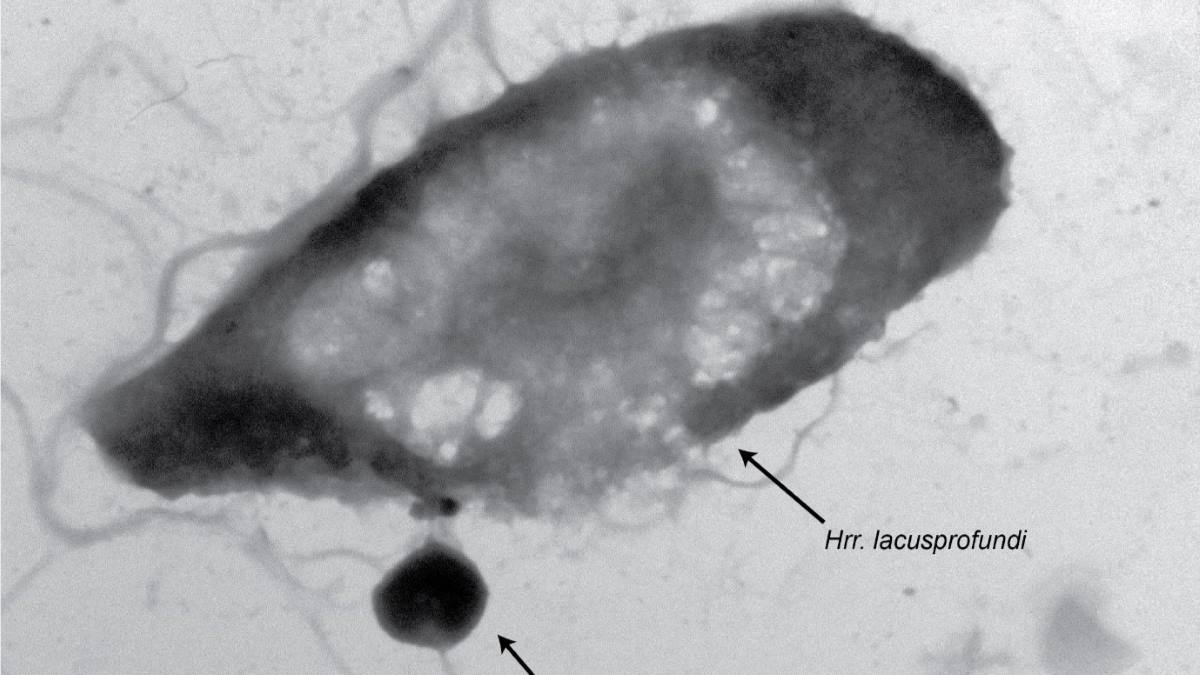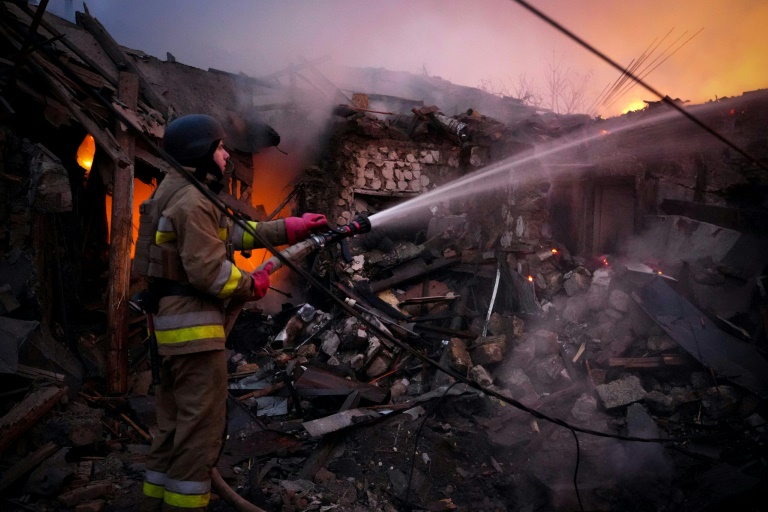In the Vestfold Hills of Antarctica, a few kilometres away from Australia’s southernmost research station, lies a lake filled with mysterious microorganisms.
Named Deep Lake, the water is so salty that it stays liquid even though its temperature dips to -20°C in winter.
This makes it an ideal breeding ground for archaea, the single-celled organisms which have evolved separately to other life forms for billions of years.
A new study has found that some of the archaea dwelling in this lake indulge in parasitic lifestyles: they destroy other, bigger archaea to survive.
It’s the first time that parasitism has been seen in archaea.
The study, done by an international team of researchers, is published in Nature Communications.
Archaea is one of the 3 domains of life, along with Bacteria and Eukarya. All multi-celled organisms, including plants, animals and fungi, fall under Eukarya.
“Archaea resemble bacteria in terms of cell size and structure, but they have a closer relationship with eukaryotes,” co-lead author Dr Yan Liao, a microbiologist at the University of Technology Sydney, tells Cosmos.
Liao says she often refers to archaea as “our evolutionary mother”.
“All eukaryotic cells likely originated from archaeal cells, but they look similar to bacteria. So they play a central, important role in understanding the evolution of life.”
But, in part because of their fondness for extreme conditions like frigid lakes and volcanic vents, archaea are less well studied than the other domains of life.
Senior author Professor Ricardo Cavicchioli, from Australia’s University of New South Wales, collected these archaea from Deep Lake on an Antarctic research trip.
The researchers then cultivated the cells in a lab, using staining, fluorescence microscopy and electron microscopy to watch their behaviour.
Liao says that this isn’t dangerous, because no archaea are known to cause diseases in humans.
“Bacteria can cause different diseases, but this is not the case in archaea. They’re very friendly to human health.”
But the team discovered that archaea are not always friendly to each other’s health.
One of the types of archaea collected, a group called DPANN archaea, depends on killing other archaea to survive.
“The DPANN archaea have a very small cell size and a reduced genome size with limited capability to survive independently,” says Liao.
“So this DPANN archaea really requires a host cell to survive.”
The researchers observed DPANN archaea entering the cell of another archaeon, called Halorubrum lacusprofundi, and causing lysis: the bursting open of the host cell.
“This phenomenon is quite similar to a virus,” says Liao. “It could help us to reevaluate this specific archaea in their ecological roles.”
DPANN archaea might play a big role in nutrient cycling, thanks to this “aggressive” behaviour.
“Host cell lysis releases some organic material into the environment. So [DPANN] can stimulate the growth of diverse members of a community by providing nutrients,” says Liao.
“The capacity of this DPANN archaea to behave in such a predatory manner could have implications for the microbial food work dynamics across the globe.”
It’s not clear how widespread this behaviour is in archaea. The researchers are keen to see whether this aggression happens in other species – or if they’re capable of doing it to other hosts.
“We only tested one specific DPANN archaea to one specific host. We may want to investigate if this parasitic lifestyle is common to other host cells,” says Liao.
“We think it may be associated not only with other archaea, but also with bacteria. We do not know.”




















Discussion about this post